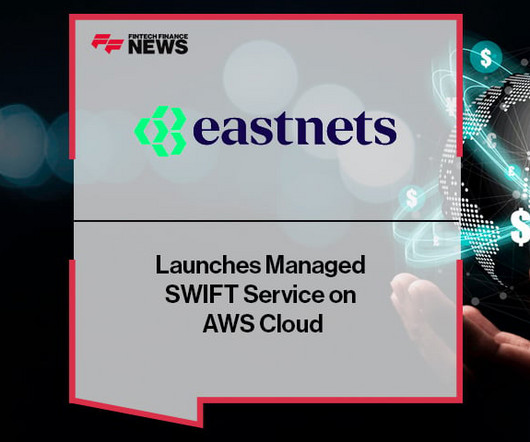Tokenisation 2.0: Are we ready for the next generation of payment security?
The Payments Association
JUNE 3, 2025
While still central to security, modern tokenisation addresses broader demands: interoperability across platforms, reduced operational costs, and improved customer experience. This enables rapid scaling of new payment use cases, without duplicating risk exposure.













Let's personalize your content